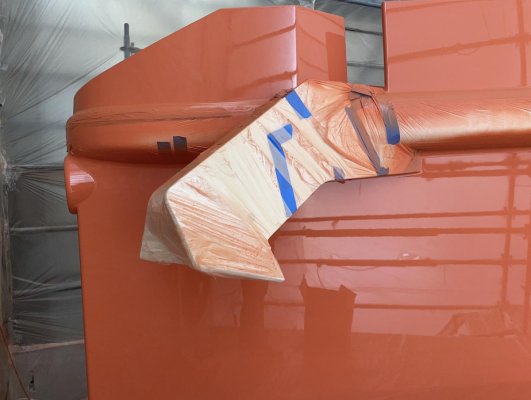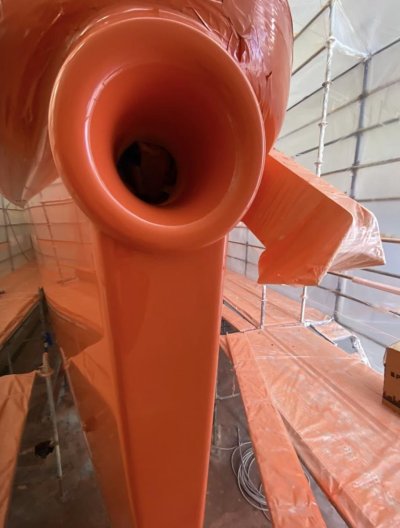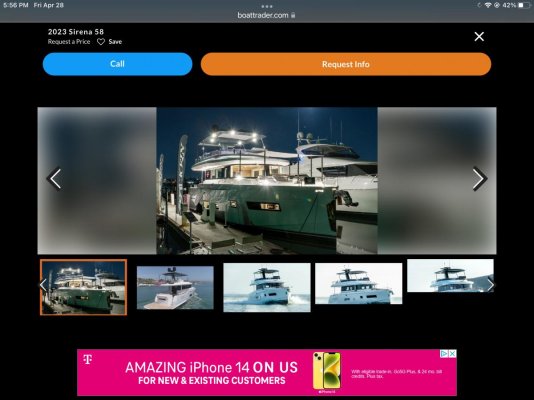FPBs are never going to plane on power alone (they apparently surf really well) and they are designed to maximize LWL for efficiency. They are also very specifically designed to pierce waves for a smooth ride, so I'm guessing a dry ride was never going to be a design priority. I don't think style was ever considered as much of a design factor on FPBs either, stylish, they are not... I like them though, they look mean.
I think plumb bow sailboats are also designed to maximize LWL. I don't know what a cst is.
I see a ton of Axopars and boats styled like them on the Maine coast nowadays. There's a lot of new money on the Maine coast so maybe it's form over function, I dunno??? They do look cool in a paramilitary way though. Kind of a mini-FPB style. Whenever I see them they are usually really moving out and appear to offer a decent ride and great spray protection for the crew in the pilothouse. Despite the plumb bows, I don't think Axopar and Pardo are in the same league. Pardo seems to value style over pretty much everything else.





